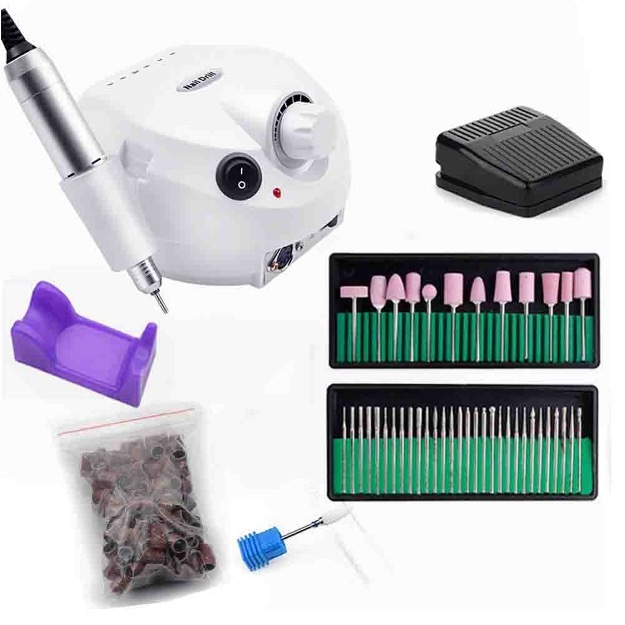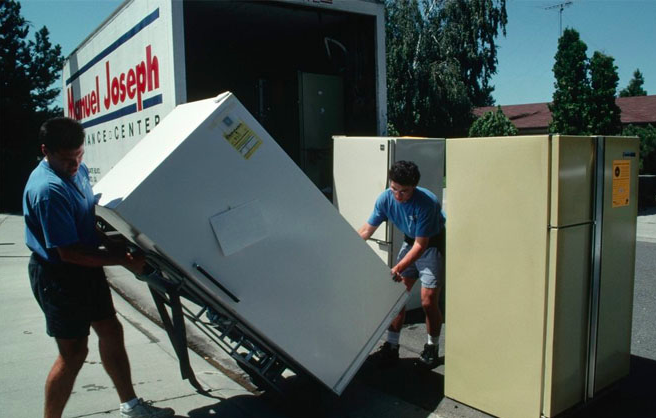
Planning to get a heater, but not sure which one is best? Do you want to understand the topic of carbon heaters? Then read on and find out what are the main elements of carbon infrared heaters, their features, advantages and disadvantages of carbon heaters, alternatives to carbon heaters.
Carbon heaters are a type of infrared heaters powered by electricity. They appeared relatively recently and quickly gained popularity.
The main feature of carbon heaters is spot heating. The resulting heat is reflected from the reflector and is directed only to a specific area / object, heating only it / it. Also, infrared heaters do not heat the air - they act directly on interior items, turning them into secondary heat sources. That is, the heater gives off heat to an object, which then gives it to the room, air, user or other object.
Additional features of carbon heaters include the fact that they cool down quickly. Carbon (carbon) has high electrical conductivity and efficiency, so it gives off all the heat and cools quickly.
The content of the article
- Construction of carbon heaters. The main elements of each carbon heater
- Benefits of carbon heaters
- Disadvantages of carbon heaters
Construction of carbon heaters. The main elements of each carbon heater
- Housing to protect the mechanism of the device from damage, and the person using it from burns.
- Heating element for actual heating.
- Reflective Plate - This part directly receives heat from the heating element, up to 97% of which it reflects back to the area/object.
- Control unit for adjusting the operation of the device, turning the device on and off.
- Temperature sensor to monitor the heating temperature.
Benefits of carbon heaters

- Durable - for carbon heaters, according to manufacturers, an average of 100 thousand working hours (11 years of operation without interruption). This is due to the natural properties of carbon (expands when heated) and the fact that the carbon filament is in a vacuum in quartz glass. All this protects the element from slow destruction due to rapid temperature changes.
- Economical - this is ensured by high efficiency and electrical conductivity of carbon.
- They heat up quickly - all because of the same efficiency and electrical conductivity, the carbon elements heat up almost instantly, giving off almost all the heat to the objects in the room.
- Spot heating - the air does not absorb infrared radiation, objects in the room receive it. As a result, they become secondary sources of heat, transferring it further.
- No Emissions/Waste - Nothing burns when using carbon fiber heating elements. In this case, the carbon fiber is heated to a temperature of 90 degrees Celsius (sometimes higher).
- Compact, small-sized, light, small - they have one of the smallest heating elements among all infrared models. It weighs a little, takes up little space. This allows you to make carbon heaters very small, but just as effective.
- Works in frost - the carbon heater can be started without problems even at negative temperatures.
Disadvantages of carbon heaters
- Care must be taken - quartz glass is very fragile. Tubes are made from it, in which carbon fiber is located. One wrong move - the tube will break, and the device will fail. There is no way to fix it, you have to buy a new heating element.
- Glows strongly - during operation, the carbon fiber is very hot, which causes it to glow. Such bright light can be unpleasant to the eyes, especially at night.
- Spot heating is both a plus and a minus, since the device does not waste energy on heating the air, instead it gives it to objects. But the downside is that with this type of heating, heat does not go around obstacles. For example, you have a sofa in front of a carbon heater, and a chair behind it - the sofa will warm up, but the chair will remain cold.
- When the appliance is turned off, a crackling sound is heard - this is normal. The element is heated to high temperatures. When heated, all physical objects expand, and when they cool down, they shrink, so cracking may occur during cooling. Some users will find it unpleasant.
Alternatives to carbon heaters. Carbon heaters are considered the best among infrared heaters, especially electric ones, because they spend 2-3 times less electricity than their counterparts. But if you don’t like carbon models, then look at the alternative in ceramic, film, halogen or solid fuel heaters.


